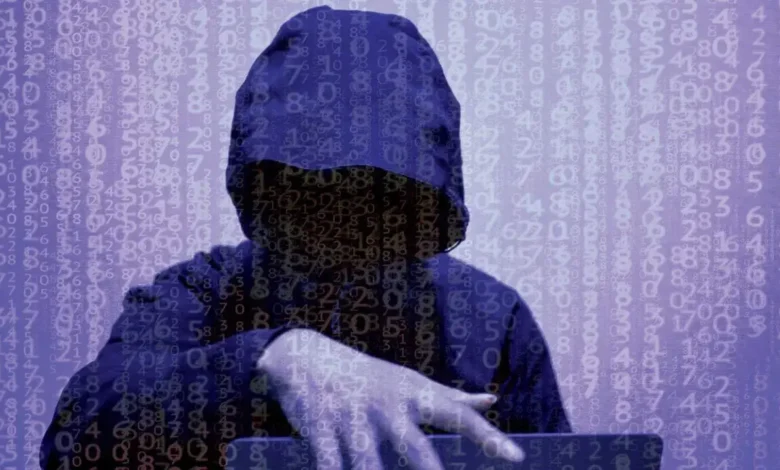In a significant breakthrough, Maharashtra Cyber has uncovered India’s biggest ‘digital arrest’ scam, leading to the arrest of seven individuals.
Digital arrest scams — where organised crime groups pose as government or law enforcement officials to extort huge sums from citizens — have seen a sharp rise in recent months, with fraudsters primarily targeting senior citizens and swindling them out of large amounts of money.

Maharashtra Cyber Cracks India’s Biggest ‘Digital Arrest’ Scam: Seven Arrested in Rs 58.13 Crore Fraud
In one of the most shocking cybercrime cases to date, the Maharashtra State Cyber Department has exposed India’s largest-ever ‘digital arrest’ fraud, involving a staggering ₹58.13 crore. The investigation led to the arrest of seven individuals who were part of a well-organized syndicate operating across multiple states and even beyond national borders.
The ‘digital arrest’ scam, a term that has become alarmingly familiar in recent months, involves fraudsters posing as government or law enforcement officials to extort large sums of money from unsuspecting citizens. These scammers typically target elderly individuals, exploiting their trust and fear of legal trouble to drain their life savings.
In this latest case, the victim — a 72-year-old senior citizen from Mumbai — was trapped in a nightmare that spanned 40 days. It began with an unexpected international phone call, supposedly from an officer at the Telecom Regulatory Authority of India (TRAI). The caller claimed the man’s mobile number had been misused in illegal activities. Moments later, the call was “transferred” to another person posing as a Mumbai Crime Branch officer, who accused him of being involved in money laundering through his bank accounts.
Terrified and confused, the elderly man was told he would face immediate arrest unless he cooperated with the “investigation.” To make their deception more convincing, the fraudsters conducted fake police and court hearings over video calls — complete with imposters dressed as officers and judges. Believing the elaborate setup to be real, the victim followed their instructions and, over several weeks, transferred ₹58.13 crore to various accounts for so-called “verification.”
It was only later that the horrifying truth surfaced — he had lost his entire life savings to a cyber syndicate that specialized in psychological manipulation.
Acting swiftly, Maharashtra Cyber launched an in-depth probe led by the office of the Additional Director General of Police (Cyber), which serves as the state’s nodal agency for cybercrime enforcement. Investigators meticulously traced technical and financial trails, analyzing call records, IP logs, and transaction data.
The findings were astonishing. The fraudsters had used foreign IP addresses, VPNs, and TOR networks to mask their digital footprints. Financial forensics revealed a vast network of over 6,500 “money mule” bank accounts, spread across 13 transaction layers, many opened under fake company names to facilitate high-value transfers and conceal the money trail.
Thanks to the tireless efforts of the cyber team, several end beneficiaries were identified, leading to the arrest of seven suspects. Authorities believe these arrests mark a critical step in dismantling a multi-crore international cyber racket that has preyed on hundreds of victims nationwide.
Officials have once again urged citizens to remain vigilant and skeptical of calls or video messages from people claiming to represent government bodies, police, or the judiciary. “No government or law enforcement agency will ever ask for money transfers or threaten arrests over the phone,” said an officer involved in the case.
For the 72-year-old victim, the trauma is immeasurable. What began as a routine phone call ended with the loss of not just his fortune, but his peace of mind — a grim reminder of how fear and trust can be weaponized in the digital age.
As Maharashtra Cyber continues its probe, this case stands as both a warning and a call to action — urging every citizen to think twice before trusting a voice on the other end of the line.






